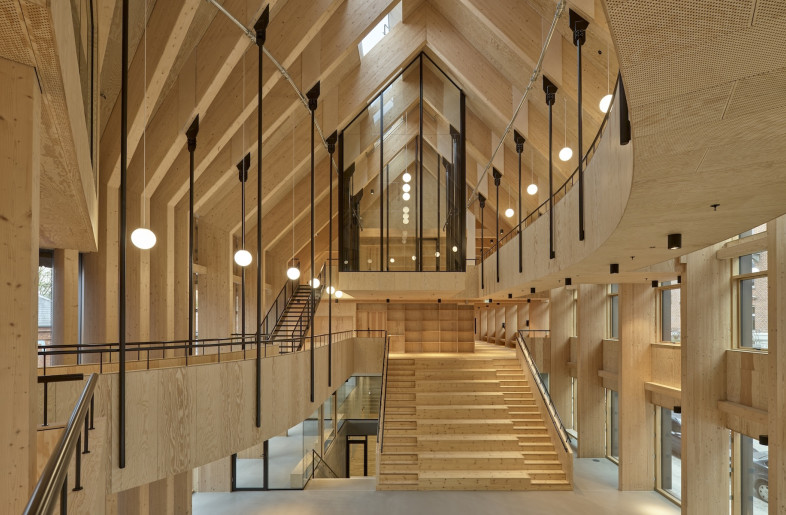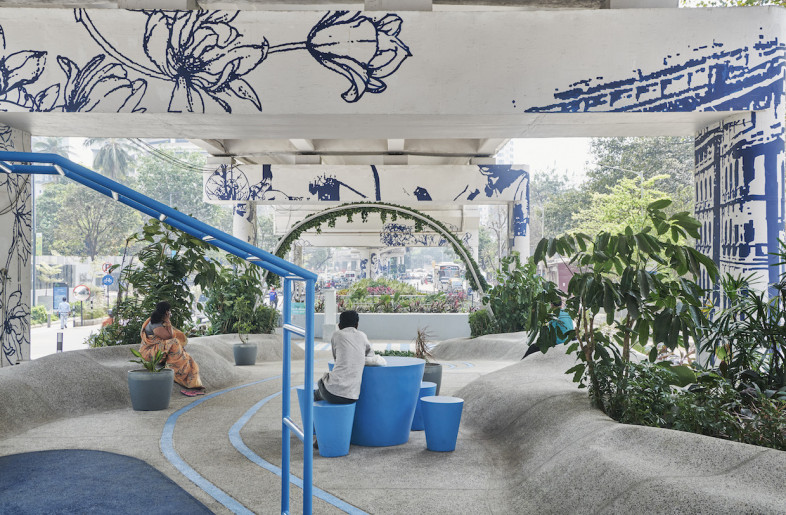Cities should prioritize people, not cars. In Mumbai, MVRDV turns a roadside area into public space

1 / 11
Location
Design, Architecture
Architectural Collaboration, Masterplan, Urban Design
Client
Nucleus Office Park
Artwork
St+Art
Landscape Design
Enviroscape, AMS Consultants
Lighting Design
Lighting Concepts
MEP
ARKK Consulting
To address the need for community space in the area adjacent to one of Mumbai’s most major roads, MVRDV repurposed underutilized space into a public park.
Create a free account to read the full article
Get 2 premium articles for free each month
Related Articles
MORE Institutions
Massive moving platforms transform Fondation Cartier’s 1800s building into a fluid, contemporary space

Learning looks different at 4 education centres that build the students into the design process
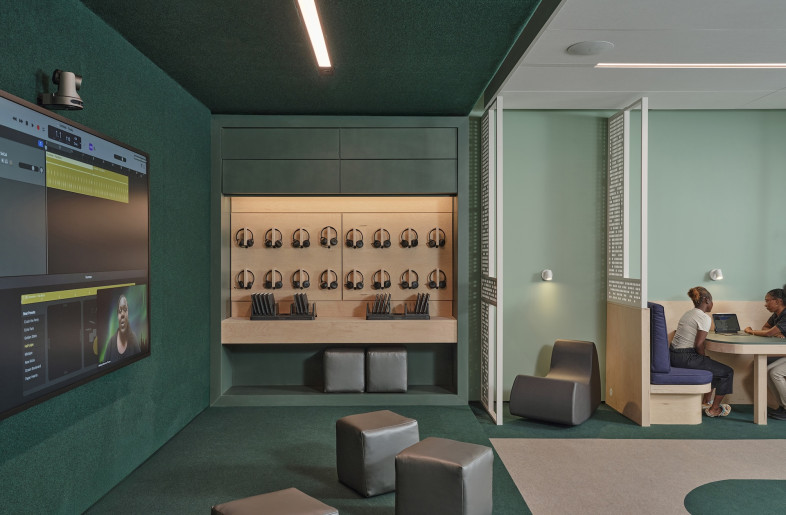
How do you better support rural students? A cleverly designed, iterable 'connected' classroom
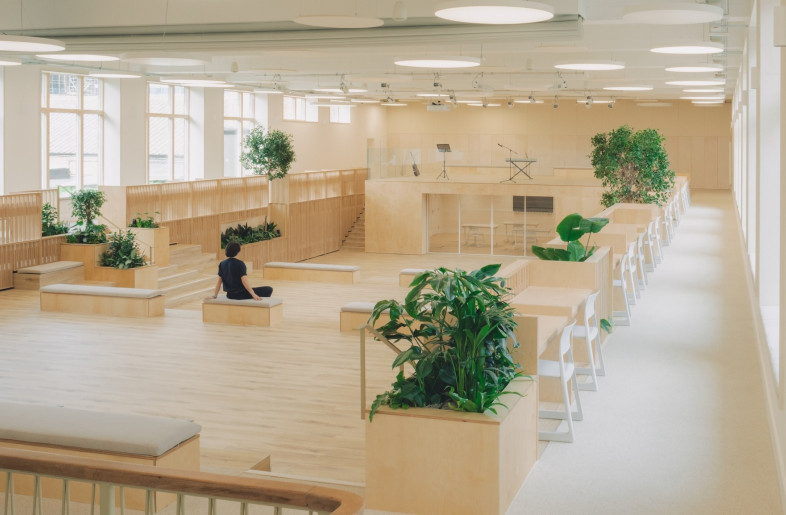
A disused pool reborn as a flexible learning space makes the case for retrofitting
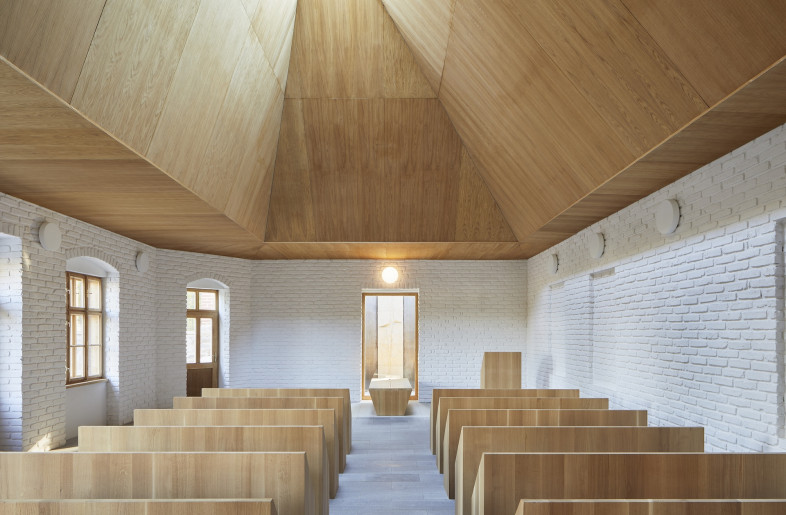
How architecture is building the next era of spiritual typologies

To push preventative medicine, Sala Hars puts pleasure at the centre of Zoī’s Parisian patient facilities
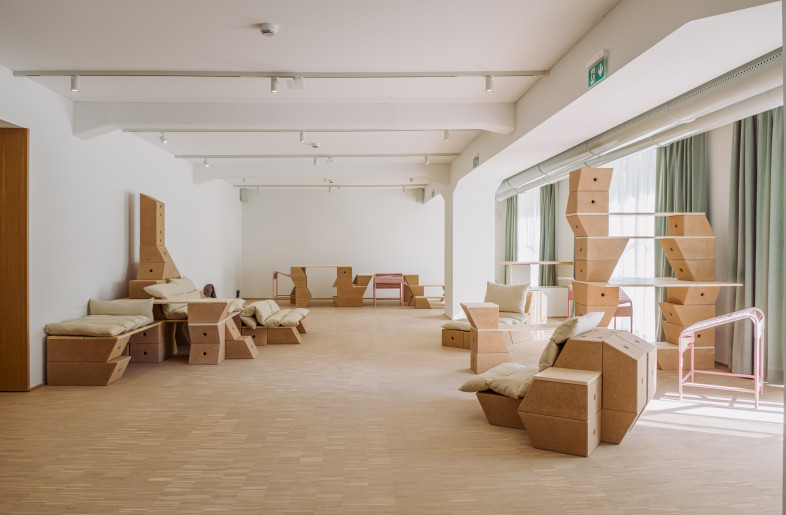
Triennale Milano's Piano Parco creates adaptable spaces for gathering, learning and listening
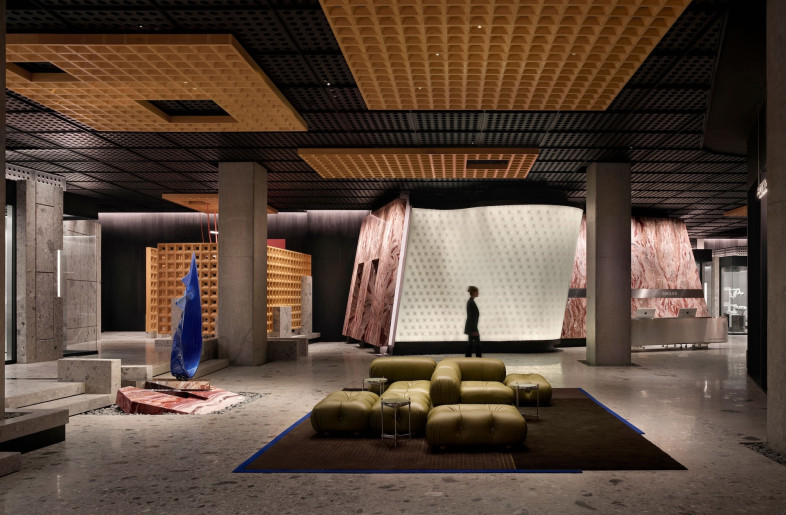
Across these 4 institutions, design becomes a keeper of culture
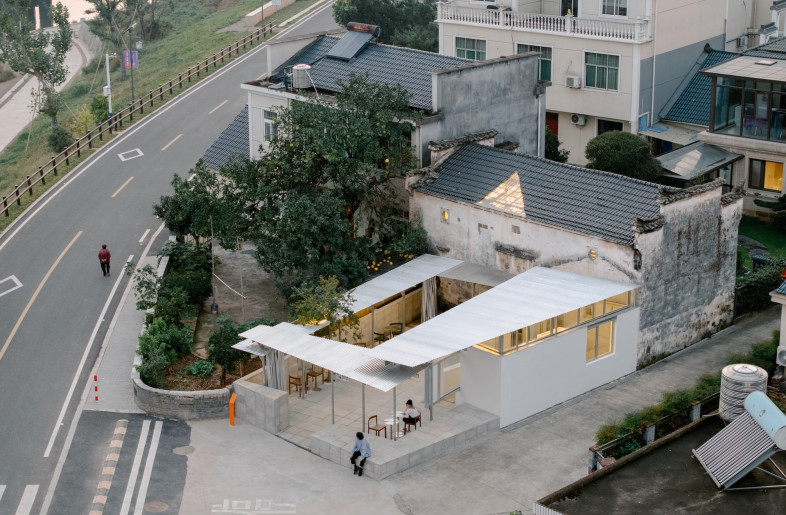
Echoing vernacular architecture, a visitor space links contemporary tourism and Longyou’s history
